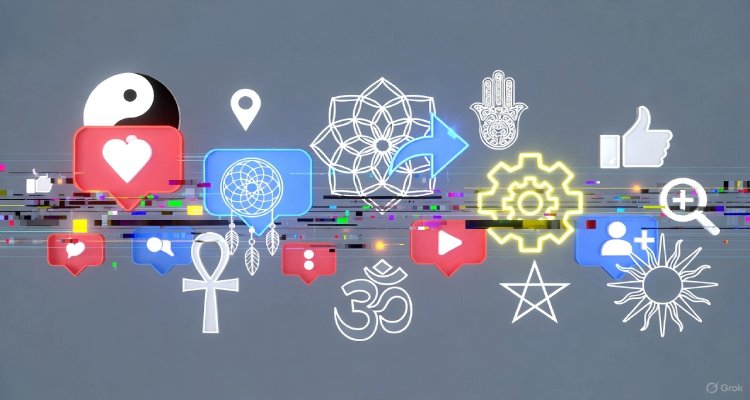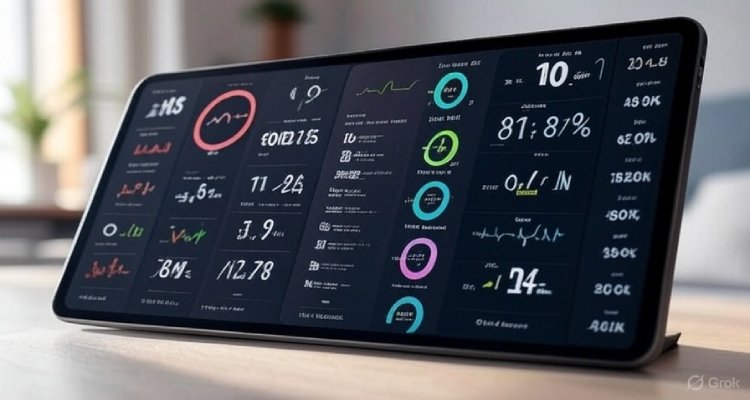The New Rules of Wellness: What 2025 Knows That 2020 Didn’t
In 2025, wellness is no longer just yoga and green juice—it’s personalized, tech-driven, and rooted in mental resilience. Discover the new rules of staying well.
Introduction: Wellness Reimagined
Five years ago, wellness was a curated Instagram aesthetic—matcha lattes, boutique fitness, and mindfulness apps. Fast-forward to 2025, and the wellness landscape has undergone a seismic shift. Fueled by pandemic aftershocks, advances in health tech, and a collective reckoning with burnout, today’s definition of “well” is broader, deeper, and more personalized than ever.
Welcome to the new rules of wellness—where mental health is non-negotiable, sleep is tracked like a stock portfolio, and your DNA might dictate your diet.
Context: From 2020’s Crisis to 2025’s Clarity
In 2020, the COVID-19 pandemic exposed deep flaws in global health systems and everyday well-being practices. Wellness trends were largely reactive and often surface-level—guided by trends more than science. The crisis highlighted a clear need for long-term, preventive, and inclusive health strategies.
As remote work normalized and digital fatigue surged, people sought more than just physical health. Mental clarity, emotional resilience, and purpose became essential. The wellness industry, then valued at over $4.5 trillion, was ripe for disruption.
The 2025 Wellness Playbook: Key Developments
1. Hyper-Personalization is the New Standard
Wellness is no longer one-size-fits-all. In 2025, consumers demand—and receive—health advice based on biomarkers, genetics, gut microbiomes, and real-time data from wearables. AI-powered health coaches and precision nutrition plans are becoming the norm.
Example: Companies like Zoe and Thorne now offer personalized metabolic responses through blood sugar tracking and microbiome testing, tailoring food choices with scientific precision.
2. Mental Health Goes Mainstream—and Multifaceted
Mental well-being is not just part of wellness; it’s the core of it. From affordable online therapy to workplace resilience programs, mental health support is deeply embedded in daily life.
New in 2025: Neurofeedback wearables, guided psychedelic therapy in controlled settings, and “emotional fitness” classes are helping individuals build psychological resilience just like physical strength.
3. Sleep and Recovery Trump Hustle Culture
2020 glorified grind culture. By 2025, sleep is seen as a productivity tool, not a luxury. Smart beds, blue-light-blocking architecture, and chronotype-aware work schedules are becoming commonplace.
Notable Trend: Biohacking sleep using devices like Whoop and Eight Sleep allows users to monitor REM cycles, HRV (heart rate variability), and optimize rest for cognitive performance.
4. Community-Driven and Culturally Inclusive Wellness
Gone are the days of wellness being a luxury for the few. In 2025, wellness brands are expanding access and honoring diverse cultural traditions—Ayurveda, Traditional Chinese Medicine (TCM), and Indigenous healing systems are being validated by science and integrated into mainstream practice.
Social Shift: Wellness hubs now focus on community healing—think shared meditation spaces, intergenerational wellness workshops, and food justice programs in urban areas.
5. Environmental Wellness is Personal Wellness
The climate crisis is no longer separate from personal well-being. Eco-anxiety is recognized by psychologists, and “planetary wellness” is part of healthcare. Air quality, toxin exposure, and even noise pollution are monitored and managed with apps and smart infrastructure.
Expert Insight: What the Professionals Say
“We’re seeing a shift from reactive healthcare to proactive self-care,” says Dr. Maya Joshi, integrative health specialist and researcher at Stanford. “The tools have matured, and people want wellness that is data-driven and emotionally intelligent.”
“In 2025, wellness is less about perfection and more about personalization,” adds Kofi Mensah, a global wellness consultant. “You don’t need to be vegan or meditate for an hour. You just need practices that align with your body, your background, and your goals.”
Public sentiment echoes this. According to a 2025 Pew Research report, 72% of adults say they value mental health as highly as physical health, up from 47% in 2020. Meanwhile, 65% use at least one wearable or app to track well-being.
Impact: Who Benefits—and Who’s Left Behind?
These changes are empowering for many, but challenges remain. The cost of advanced diagnostics and personalized wellness remains high for some. Rural communities and underfunded healthcare systems still face access issues.
However, tech-enabled wellness is bridging some of those gaps. Community health programs, employer-sponsored wellness credits, and government-backed digital clinics are expanding reach.
Looking ahead: Expect broader insurance integration for mental health and preventive services, increased regulation on wellness tech, and a deeper fusion of traditional wisdom with modern medicine.
Conclusion: The Future Is Holistic
The new rules of wellness in 2025 are grounded in science, inclusivity, and long-term sustainability. What once was a trend is now a societal pillar. As the world grapples with post-pandemic realities and climate stressors, wellness has evolved from being aspirational to being essential.
The message is clear: well-being is not a luxury, it’s a lifestyle—and one that finally makes room for every body and every mind.
Disclaimer: This article is for informational purposes only and does not constitute medical advice. Please consult a healthcare provider for personalized guidance.











